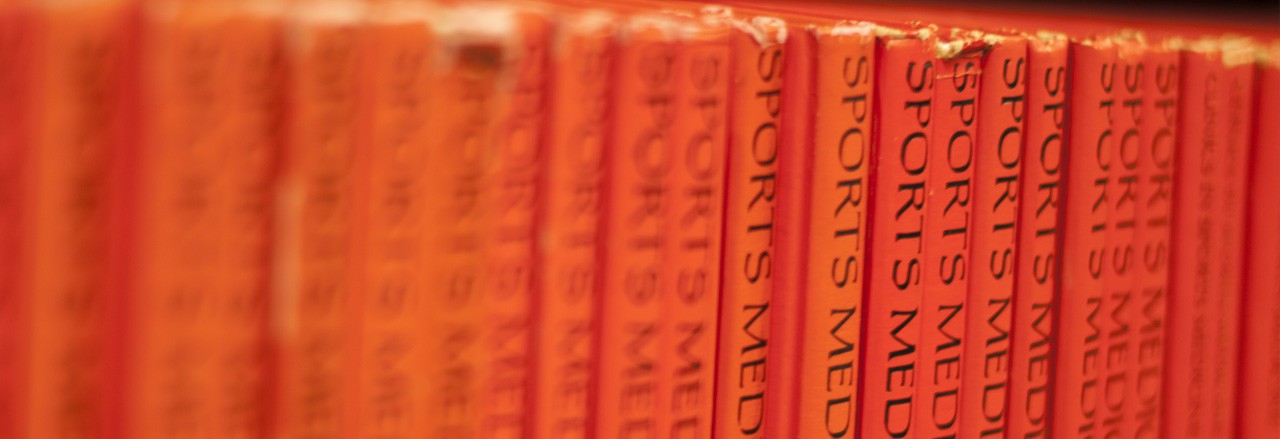General
- AC stands for acromioclavicular. The AC joint is where the bone at the top of the shoulder (acromion) meets the collarbone (clavicle).
Anatomy
- The AC joint is stabilized by the acromioclavicular (AC) ligaments, the coracoclavicular (CC) ligaments, joint capsule, and deltoid and trapezius muscles.
Risk Factors
- Prior AC joint separation injury
- Repetitive overhead activities
- Increased age
Symptoms
- Pain with overhead activity
- Pain with bringing arm across the chest
Diagnosis
- Physical examination
- Areas that reproduce pain
- Pain with range of motion
- Specific tests to reproduce pain
- X-rays look at the space between the collarbone and the acromion and evaluate for signs of arthritis.
- Injection of steroid and local anesthetic medication that relieves a patient’s pain is both diagnostic (helps determine that this is in fact the source of symptoms) and therapeutic (may make symptoms get better or disappear).
Treatment is based upon the extent of injury
- Non Surgical – vast majority of patients get better without surgery
- Activity Modification, or change your activities to avoid those things that cause irritation.
- Non-steroidal anti-inflammatory (NSAID) medication by mouth can improve the inflammation in the short term to allow more effective physical therapy.
- Injection of Steroid medication into the AC joint may be an option for some patients depending on the type of injury and specific patient needs
- Physical Therapy is an important tool to help you strengthen and retrain the muscles that support the shoulder.
- Surgery is used in a small subset of patients with persistent symptoms.
- AC joint resection may be appropriate for some patients who have persistent pain at the AC joint from prior injury that do not require a formal reconstruction procedure. In this surgery, a small portion of the acromion and end of the collarbone are removed with a shaver so that they do not rub against each other and cause pain.
- Physical therapy after surgery is critical to your recovery. Surgery removes the structural causes of the problem, but does not restore the strength and coordination of the muscles and tendons that provide stability and function to the shoulder. Adherence to a structured physical therapy program after surgery is essential.


